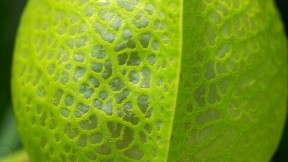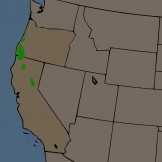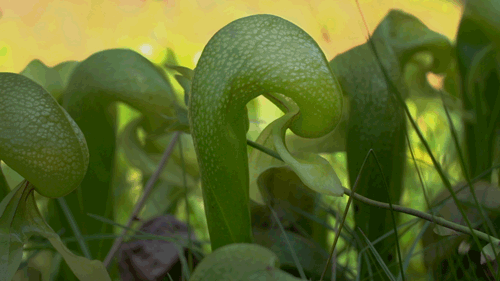The cobra lily (Darlingtonia californica) is a patient and devious predatory plant native to Northern California and Southern Oregon. Also called the California pitcher plant, it has evolved an astonishing set of adaptations that allow it to trap, kill and digest its animal prey using highly modified pitcher-shaped leaves. But what would make a plant select a diet of insect meat?
“It seems strange to us that a plant can be carnivorous,” said Barry Rice, a botanist at the University of California, Davis Center for Plant Diversity. “We’ve gotten used to what we think of as a natural order of things, where people and animals eat plants, not the other way around.”
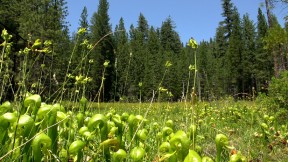
But Butterfly Valley Botanical Area is a place where the tables are turned. Located in Plumas National Forest, about 150 miles northeast of Sacramento, Butterfly Valley is home to the Darlingtonia bog. More accurately described as a fen, this wetland is home to some amazing carnivorous plants. The combination of cold, slow moving water, nutrient-poor soils and bright sun provide the perfect conditions for cobra lilies to thrive.
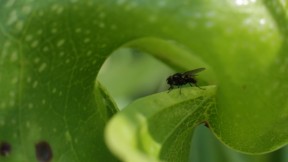
Drudging through the soggy fen recently, Rice said: “In habitats like this, where there are very few nutrients, carnivorous plants act as the top predator of the ecosystem. And they’ll eat just about anything they can lure into them.”
The plants entice insects into their pitcher-shaped traps with an offering of sugary nectar on their long leafy fangs. Insects that land on the plants gorge on the nectar, which leads them to the cobra lillies’ downward facing openings.
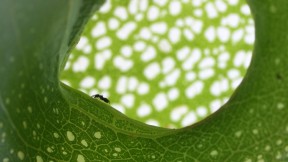
Once inside a cobra lily, insects become confused by the light shining down through the transparent windows — called fenestrations — at the top of the chamber. Insects are drawn to light, but the false exits only serve to confuse and tire the plant’s prey. The entrance to the pitcher curls into the chamber obscuring the only way out.
